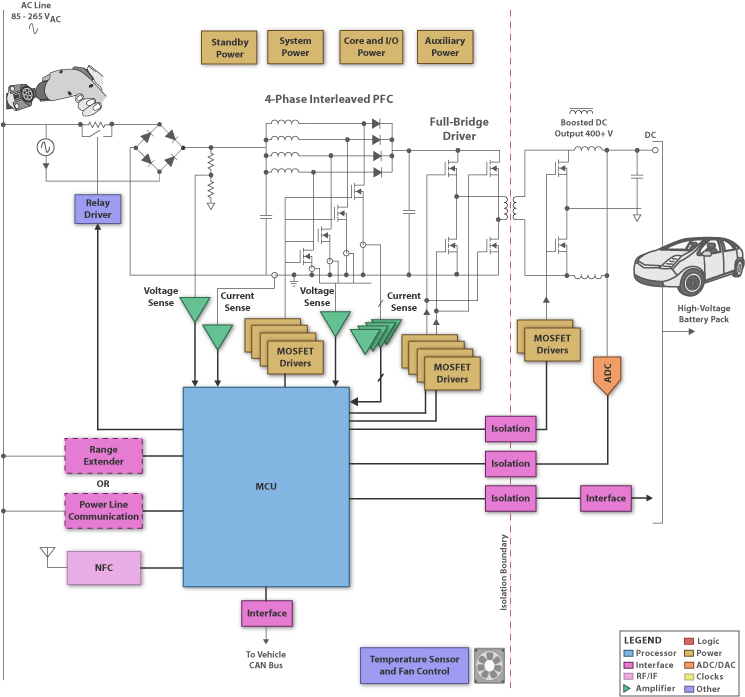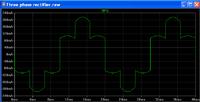T
treez
Guest

Hello,
A friend has been asked to go for an interview for the design of a 7kW automotive battery charger
https://www.zap-map.com/charge-points/basics/
..I said that the topology to do this would be seven phase-shift-full-bridge converters in parallel. These would have as their input, the 380VDC output of seven paralleled, interleaved, CCM Boost PFC stages. Their would be cooling fans to cool it all.
Is this topology arrangement correct, or even likely?
A friend has been asked to go for an interview for the design of a 7kW automotive battery charger
https://www.zap-map.com/charge-points/basics/
..I said that the topology to do this would be seven phase-shift-full-bridge converters in parallel. These would have as their input, the 380VDC output of seven paralleled, interleaved, CCM Boost PFC stages. Their would be cooling fans to cool it all.
Is this topology arrangement correct, or even likely?






